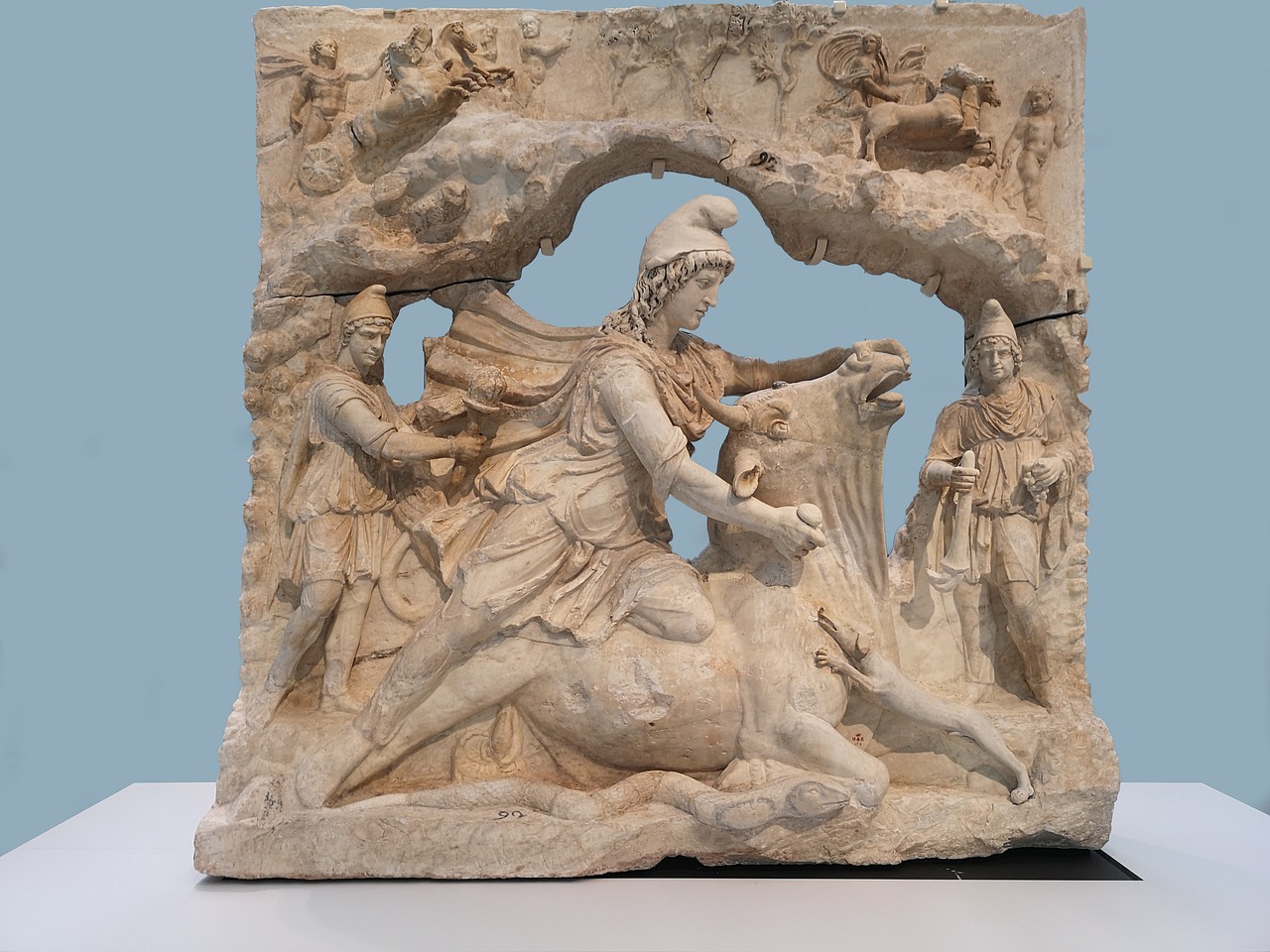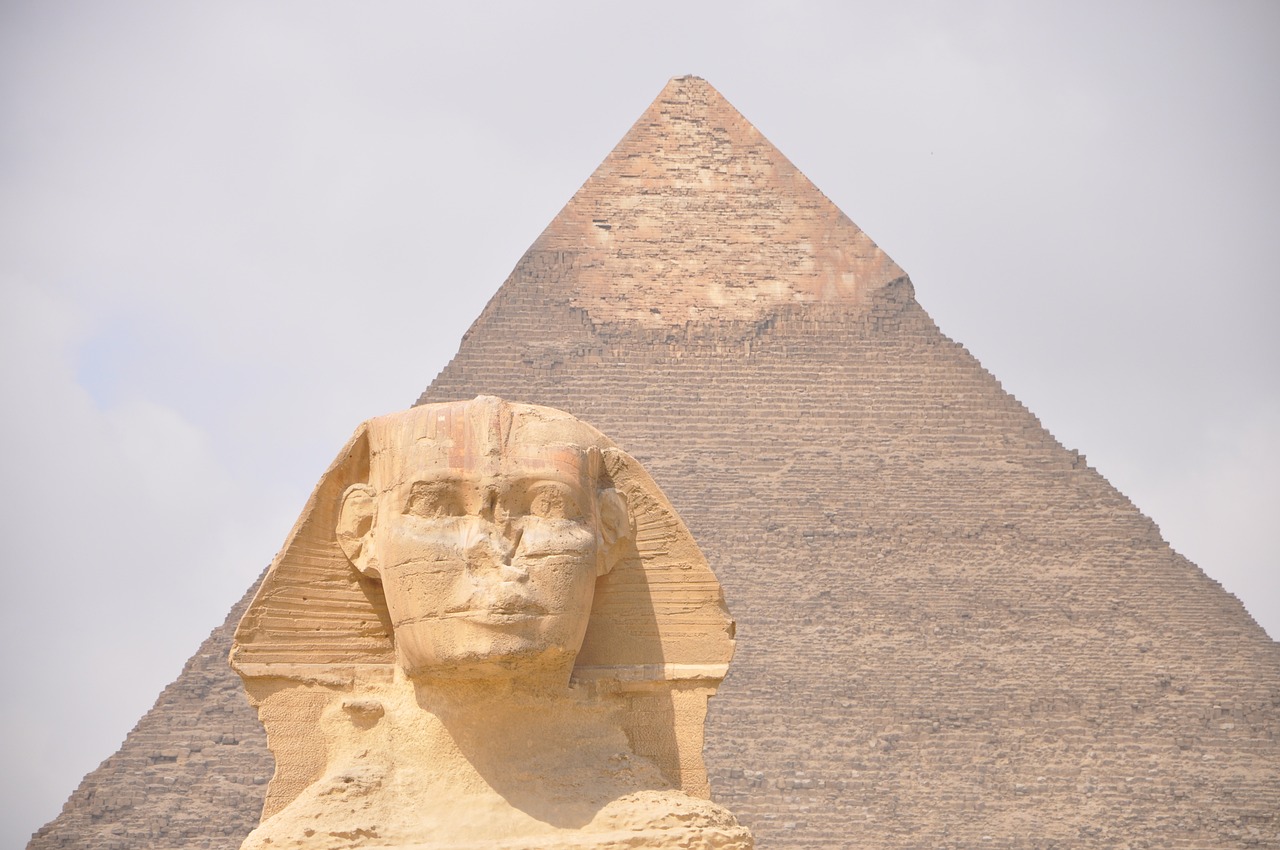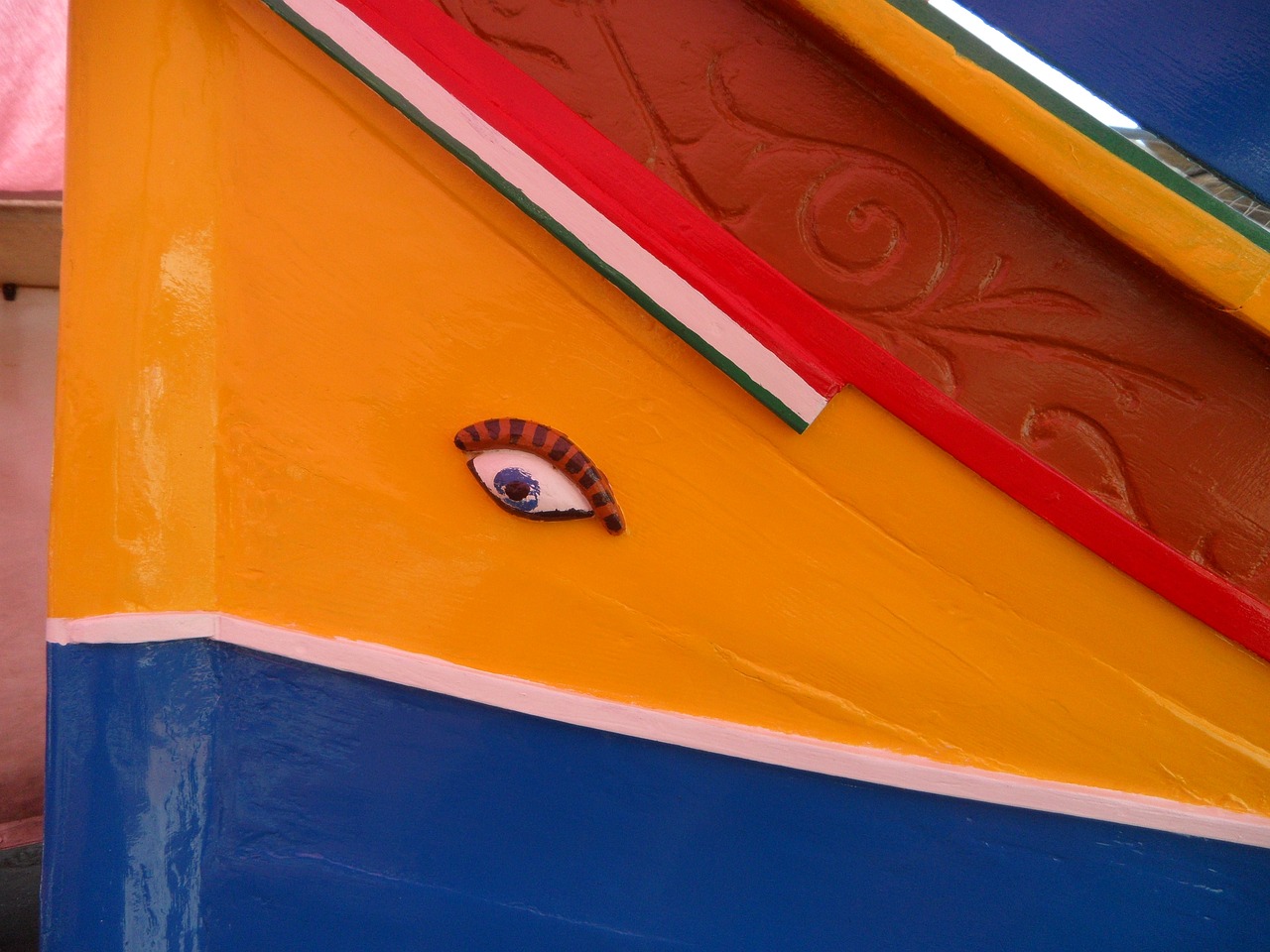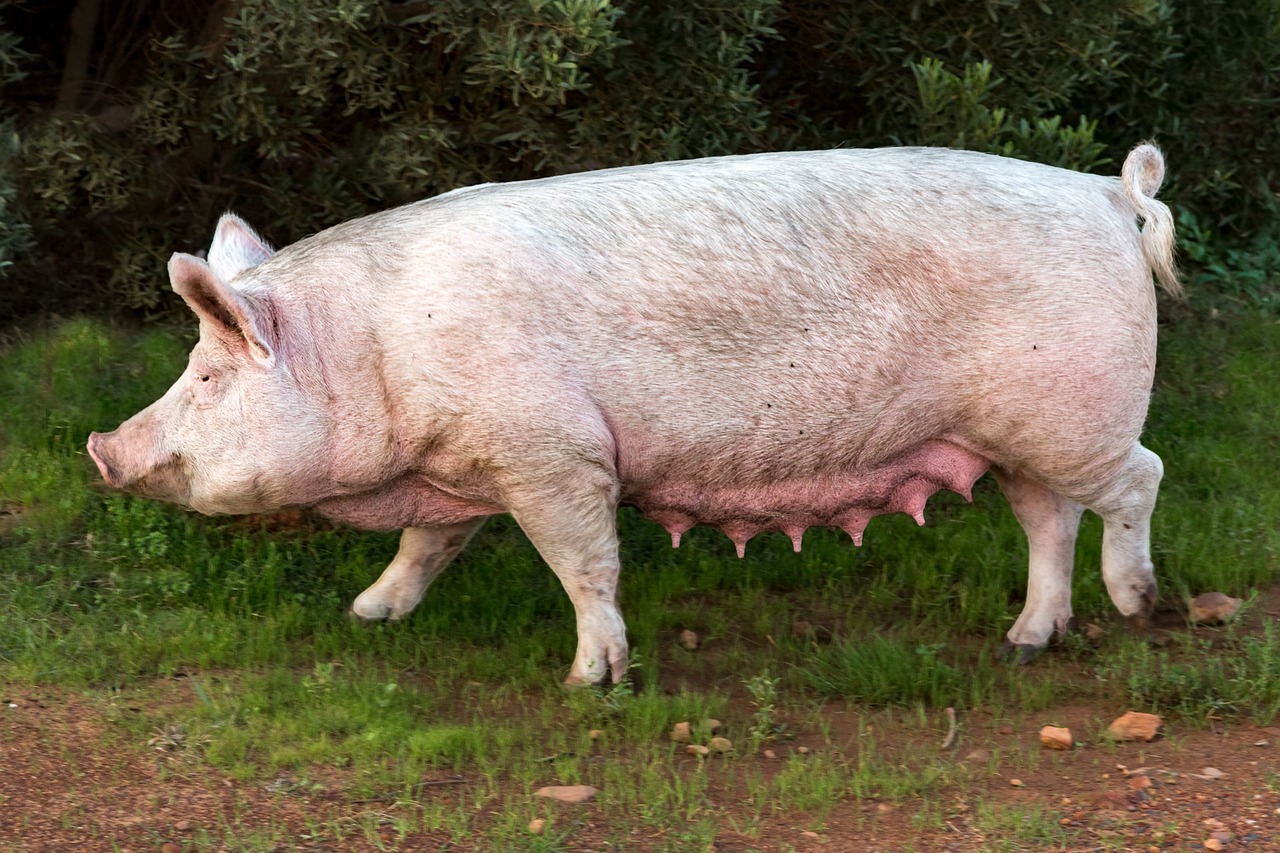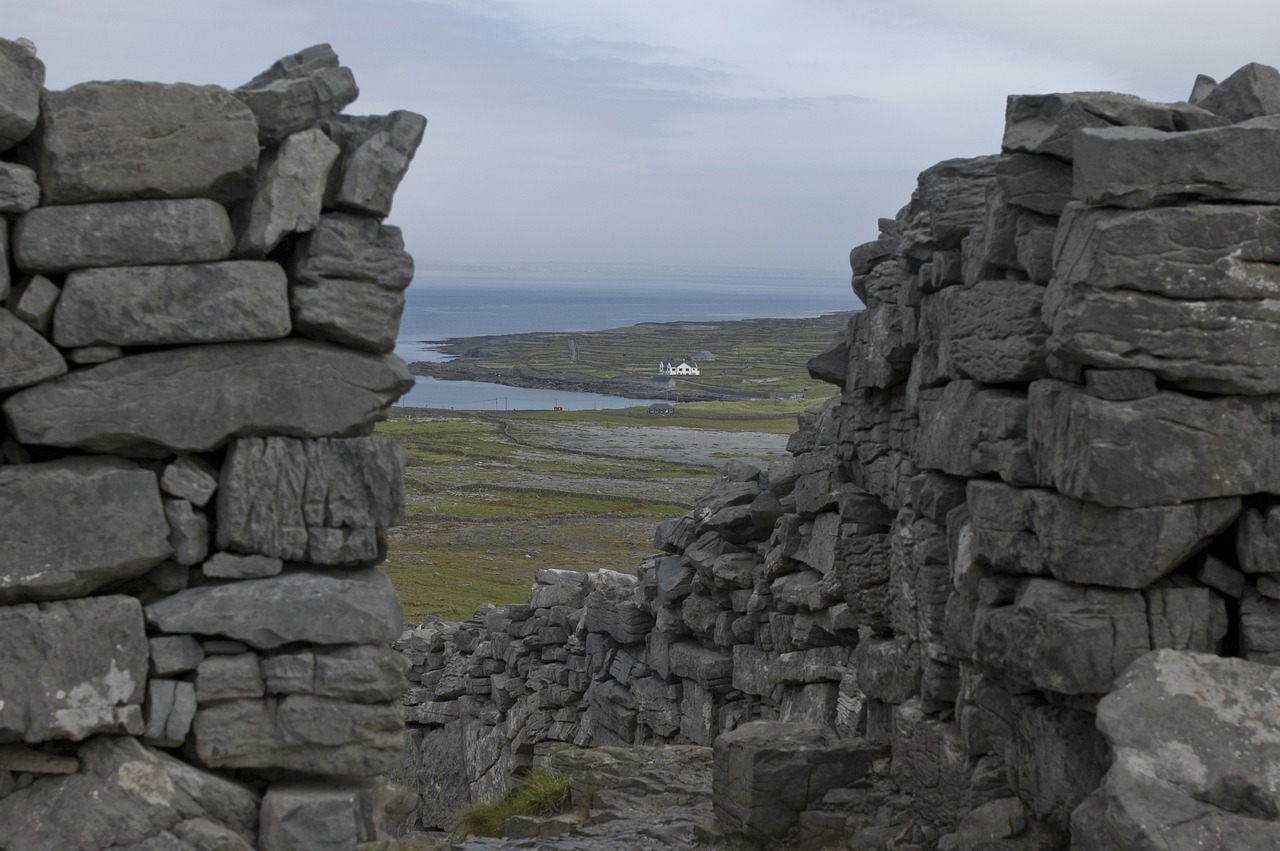Author: Erlang Shen
-
In the 1st century AD, a novel religious movement took root within the Roman Empire, dedicated to the veneration of Mithras. This religion, rooted in a Roman interpretation of the Indo-Iranian god Mithra, attracted followers who were thought to engage in esoteric rituals and possessed insight into the universe’s enigmatic wisdom. The emergence of Mithraism…
-
Taranis stands out as one of the most fascinating and formidable deities in the Celtic pantheon. Revered as the god of thunder, lightning, and storms, he is frequently represented alongside a wheel, symbolizing the celestial authority of storms and possibly linking him to the cycle of seasons or the celestial wheel. Taranis: The Thunder God…
-
As surprising as it may appear, the seemingly unattractive demon known as Bes held a special place as a beloved guardian of home and childbirth. Remarkably, he was also credited with curing impotence. The Unconventional Guardian Upon discovering the striking block carving of Bes in Dendera’s courtyard, it became clear why he is so memorable.…
-
Osiris is revered as one of the principal deities of ancient Egypt, embodying complex themes of fertility and the afterlife. Initially, he was a local deity linked to Busiris in Lower Egypt, possibly representing the fertility of the underworld. By around 2400 BCE, Osiris was firmly established in dual roles: as a deity of fertility…
-
Clíodhna, often recognized as the legendary Queen of the Banshees, is intricately linked with the southern regions of Ireland, especially Cork. Regarded as a deity of love and beauty, she is often depicted alongside three enchanting birds whose melodious tunes possess the power to heal ailments. Those fortunate enough to hear them would be lulled…
-
Overview of Aengus: The Irish God of Poetry and Love Aengus, often referred to as the Young One, stands as the Irish deity associated with poetry and love. Renowned for his creativity and cleverness, he was a product of his father’s charisma, the Dagda. Aengus played an essential role as a bard among the Tuatha…
-
Zhu Ba Jie: The Endearing Pig Demon of Legend Name Meaning and Origin Zhu Ba Jie is a character featuring a name steeped in meaning. “Zhu” translates to “pig,” while “Ba” represents the number eight, and “Jie” refers to prohibitions. This name was conferred upon him by Tang San Zang once he became his second…
-
Aengus, one of the renowned and enigmatic figures of the Tuatha Dé Danann, represents a legendary lineage that once graced Ireland, enriching its culture. This ancient race was eventually revered as deities, yet their interpretation of divinity in early pagan Ireland differed significantly from contemporary views. The name Aengus can be interpreted as “the chosen…
-
Anhur, also known as Onuris in Greek, is an ancient Egyptian deity associated with warfare and hunting. Hailing from This, located in the Thinite region close to Abydos, he was a protector and defender of his father, Ra, the sun god, earning him the moniker “slayer of enemies.” Anhur played a crucial role in safeguarding…
-
Ancient Egyptian religion encompasses a wide range of indigenous beliefs that emerged in Egypt from the predynastic era (around the 4th millennium BCE) until the gradual decline of traditional culture in the early centuries CE. Understanding its historical context and timeline is essential to grasp how deeply intertwined these religious beliefs were with the fabric…

